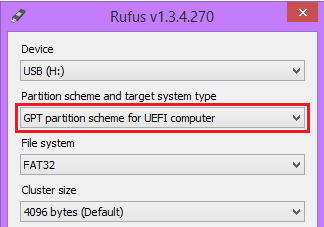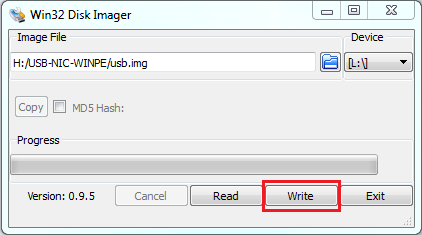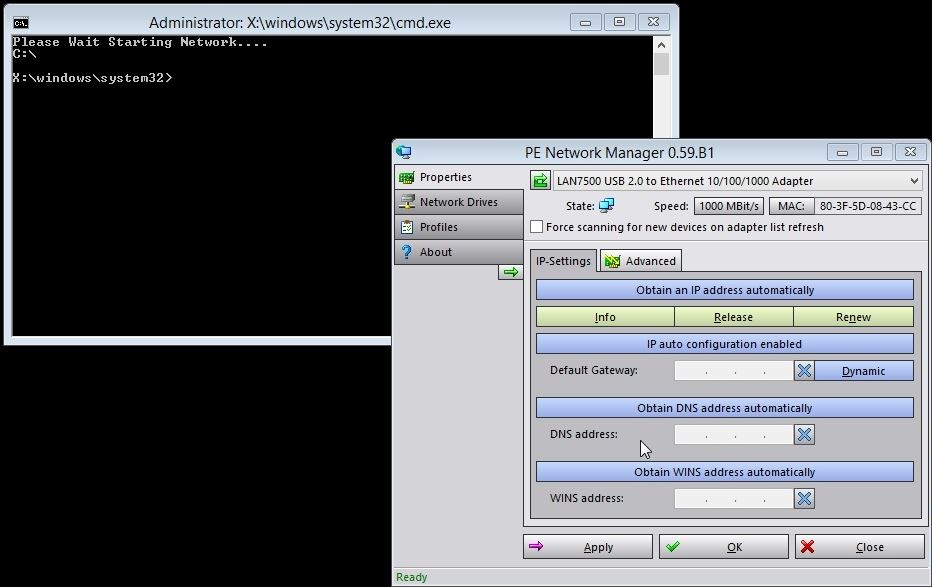|
Article ID: 390
Last updated: 02 Jan, 2019
New UEFI Firmware FeaturesThe Stone Classmate 3 like many new tablets has been designed to provide the latest firmware features including:
This new firmware feature set is known as "UEFI" and it replaces the traditional BIOS code for configuring and booting a machine into the operating system. The "BIOS setup" screen may look very similar to setup screens of previous models, but the BIOS code underneath is very different to models of just a few years ago. As a Windows 8.x only unit, the Classmate 3 does not support legacy BIOS compatibility modes. This is a reflection upon the industry's drive to improve the usability and features of new systems, albeit at the cost of reducing legacy support. What Does this Mean in Terms of Installing an Operating System?This means that the operating system you want to install needs to support UEFI features, such as the GPT ("GUID Partition Table") method of disk partitioning. Windows 8.x supports this method. The older "master boot record" or MBR method of partitioning hard drives is not supported by the Classmate 3. Note: This means that Windows 8.x images created in MBR mode cannot be used on the Classmate 3 until the boot loader has been reconfigured to use UEFI. Additionally, we always recommend the preparation of fresh software images for each model of machine you plan to deploy. For more information on this, please contact Stone support.
Installing Windows Again From Scratch UEFI only support means that if you want to install a new, fresh copy of Windows 8.x, you must use an ISO to USB tool which can create the USB pen drive for use by UEFI systems, i.e. the disk formatting method is GPT. One tool that can do this, for example, is Rufus. What About Disk Imaging Software?Methods of disk imaging also need to support the GPT partitioning method in order to boot. For example, if you have a Ghost 2.5.1 (11.5.1) bootable CD or pen drive based on Window Vista (Windows PE 2.0), this will not boot on the Classmate 3, as Windows Vista does not support GPT partitioning. You will not be able to actually boot from the CD or pen drive. It is recommended on the Classmate 3 to use bootable media made using Windows 8.1, or Windows PE 5.0. So How Can I Image the Classmate 3?Stone can pre-install your choice of software image at our factory, saving you time in the deployment of your new equipment. If you are a network manager or technician you can also use the resources below to modify your existing imaging tools - where possible - to support UEFI systems such as the Classmate 3. Alternatively, a potentially easier solution is to use tools within Windows 8 to create a Windows System Image onto an external hard disk. This will allow you to backup a system to be used as a master image and then restore the image onto other system. A third party tutorial on this process is available here. Tip: When working with the Classmate 3, use the F2 key to access BIOS setup by tapping the F2 key right from the moment you turn the unit on. Alternatively, use F11 to access the boot menu.
General Information on Modifying Existing Tools The Classmate 3 does not have a wired LAN interface. This means that system images either need to be transferred using a USB pen drive or hard drive, or by using an optional USB3 to Gigabit LAN adapter (such as Stone part code CABUSB-224). Ghost Solutions Suite 2.5.1 (11.5.1) You will need to transfer your Ghost software to a Windows PE 5.0 environment. Please note however that Ghost 11.5.1 does not support disks larger than 2TB in size. Short instructions: (Advanced Users Only)
Alternatively, if you are a licensed Ghost Solutions Suite 2.5.1 customer we can provide an ISO image containing an Windows PE 5.0 and Ghost 11.5.1, upon you providing details of your Ghost license. This can be used on a USB pen drive. However, this media is unsupported. Contact Stone Support for more details on how to obtain this ISO image. SCCM / Microsoft Deployment Toolkit We have provided a link below to a Windows PE 5.0 image which will allow you to execute an imaging script over the network through the use of a mapped drive. Method 1 - Use MDT WinPE Images - Short Instructions (Advanced Users Only)
Note: Depending on your imaging system, converting the WIM file to USB is not an easy process. See this third party tutorial for more information regarding MDT, or here for WDS.
Method 2 - Use Stone PE Boot Media and a Network Drive - Short Instructions
Windows Deployment Services (WDS) Method 1 - Use Modified Boot or Install Images - Short Instructions (Advanced Users Only)
Note: Depending on your imaging system, converting the WIM file to USB is not an easy process. See this third party tutorial for more information regarding MDT, or here for WDS.
Drivers for the Stone USB/LAN AdapterThe driver packages below cover:
Windows 8.1 / PE 5.0 x86 (32-bit) Windows 8.1 / PE 5.0 x64 (64-bit) (please note that the Classmate 3 does not support x64) Drivers for the Classmate 3 Touchscreen and Keyboard (Intel I/O Drivers)These are only available for x86 / 32-bit Windows 8.1. Applies to:
This article was:
Article ID: 390
Last updated: 02 Jan, 2019
Revision: 27
Views: 4298
Posted: 06 Oct, 2014 by
Andrew Sharrad
Updated: 02 Jan, 2019 by
Andrew Sharrad
Also read
|



